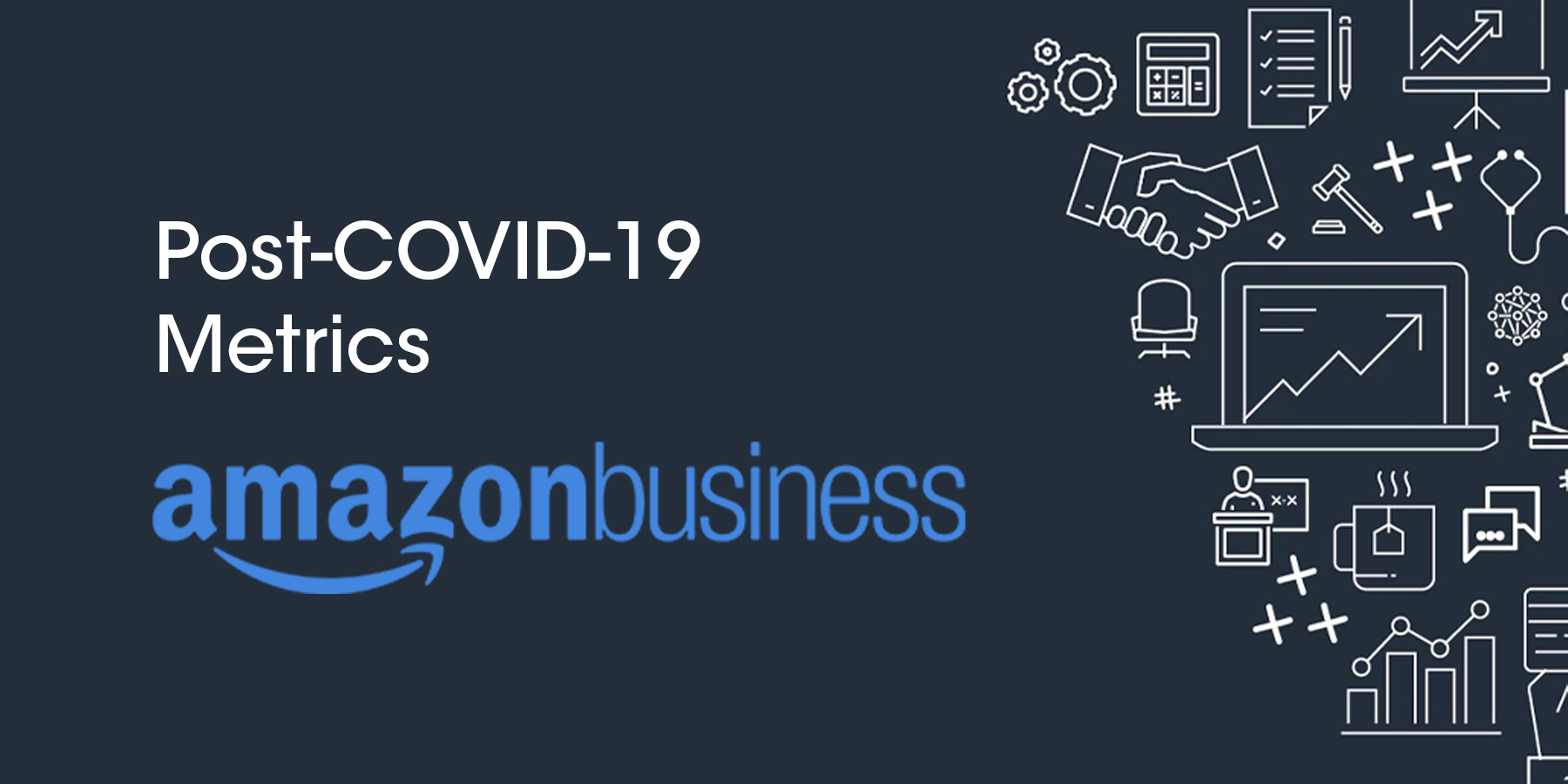The fact that the traditional metrics to assess your business performance are pretty misleading and unhelpful is valid for the post-COVID business scenarios. Pre-COVID Amazon performance metrics are a misfit for the purpose as they cannot track the complexities of working digitally.
As the crisis demands plenty of resources and time, the Amazon performance metrics should solve the biggest problems we have. Before the pandemic, several performance indicators and metrics served as the critical factors in providing insights into business performance. But as the pandemic rolls on, the struggle lies with gathering the data and measuring performance.
The pandemic has changed performance measurement, causing the organizations to look for what new indicators they need to measure. So, you need to look for the significant changes in performance measurement and what key indicators you should consider while evaluating your Amazon Business.
In this blog, we have brought to you the key metrics that would help you evaluate your Amazon Business more effectively and improve your sales.
Key Performance Indicators Of Amazon to Look For
As an Amazon Seller, you need to track some major KPIs as your business's success depends on it. Identifying those indicators and paying attention to what those indicators tell you is crucial for your business. With Amazon Seller Account Management, you can look into these critical metrics for assessing your business performance.
-
Inventory
For your business's expected sales velocity, the available stock in your inventory is one of the significant KPIs you need to look for. So, you have to work on historical data and seasonal analytics to look for essential changes in your inventory. In this way, you can ensure that your list is well managed according to the demand and you aren't delivering any knockoffs.
-
Aging Stock
This is another important factor that provides you with information on your available stocks. It helps you make more accurate predictions when you order more stocks as it would avoid you having stocks sitting in Amazon's Warehouses for months, increasing your storage costs.
-
Fulfilment of Orders & Shipments
As an Amazon Seller, you need to use Amazon's shipping material and bear the incurring costs with it. So, you have to work on your pricing strategy to include those costs in it effectively. It is because these costs affect your bottom line.
-
Customer Performance Metrics
Amazon is strictly concerned with customer satisfaction, and to measure the performance of its sellers, Amazon uses customer metrics. So, you need to work on return and non-return cases to remain clear of any issues that your customers are facing and don't have to bear any loss.
-
Reviews & Ratings
One of the actual proof and reports of customers liking your products and services is their ratings and reviews. A potential buyer doesn't have another way of choosing your product apart from looking into your reviews. So, you need to constantly monitor your ratings and reviews and look for negative reviews to solve the issues customers are facing and possibly convert those negative reviews into positive ones.
-
Conversion Rate
When Amazon ranks your listings, it does so by evaluating your conversion rate. If you're not improving your conversion rate, it will end up ranking someone else over you, having a higher conversion rate than you. This is the KPI that most of the sellers do not pay attention to. They think that having the same sales today as it was tomorrow would help them maintain their rank, but it isn't like that.
-
Promotions
When launching promotions and deals, most sellers don't prepare their inventories, and their deals go rogue in seconds, emptying their inventories. While it is great news that your product sold out, it does affect your inventory KPI. It could have yielded a more significant profit if your inventory had appropriately maintained. So, planning your inventory is essential before launching promotions.
-
Ad Expenditure
Your ads might be doing well, and you may be selling great, but if they cost high per click and you have to pay some amount before selling anything, it may result in a downfall of sales. So, monitoring your ads and their costs is essential too.
-
Competitor Pricing
Suppose you have earned a badge on Amazon by having a very high selling velocity. In that case, your competitors can quickly snatch that title from you by lowering their prices and driving up their selling velocity. So, look out for your competitors and their prices as they can bypass your tactics easily. If you need expert support to handle Amazon competitor price tracking, you can reach out to us, anytime.
Conclusion
Amazon Listing Services provide you options to analyze your business with different performance indicators. Keeping an eye on those indicators, you can track your business's performance at each step so that you can work on the measure to improve your performance. Several options, such as Amazon Listing Services, Amazon Competitor Price Tracking and Amazon Content Optimization, give you the best insights into your business performance and growth.
The key indicators in this blog may not act as a customer magnet for your business. Still, they will surely improve your business performance and pose a great image of your business before the customers. With your business backed by our Amazon Product Listing Services, you don't have to worry much. Just excel and grow.
Interesting posts to read:
The Ultimate Guide for Hiring Your First Amazon Virtual Assistant



